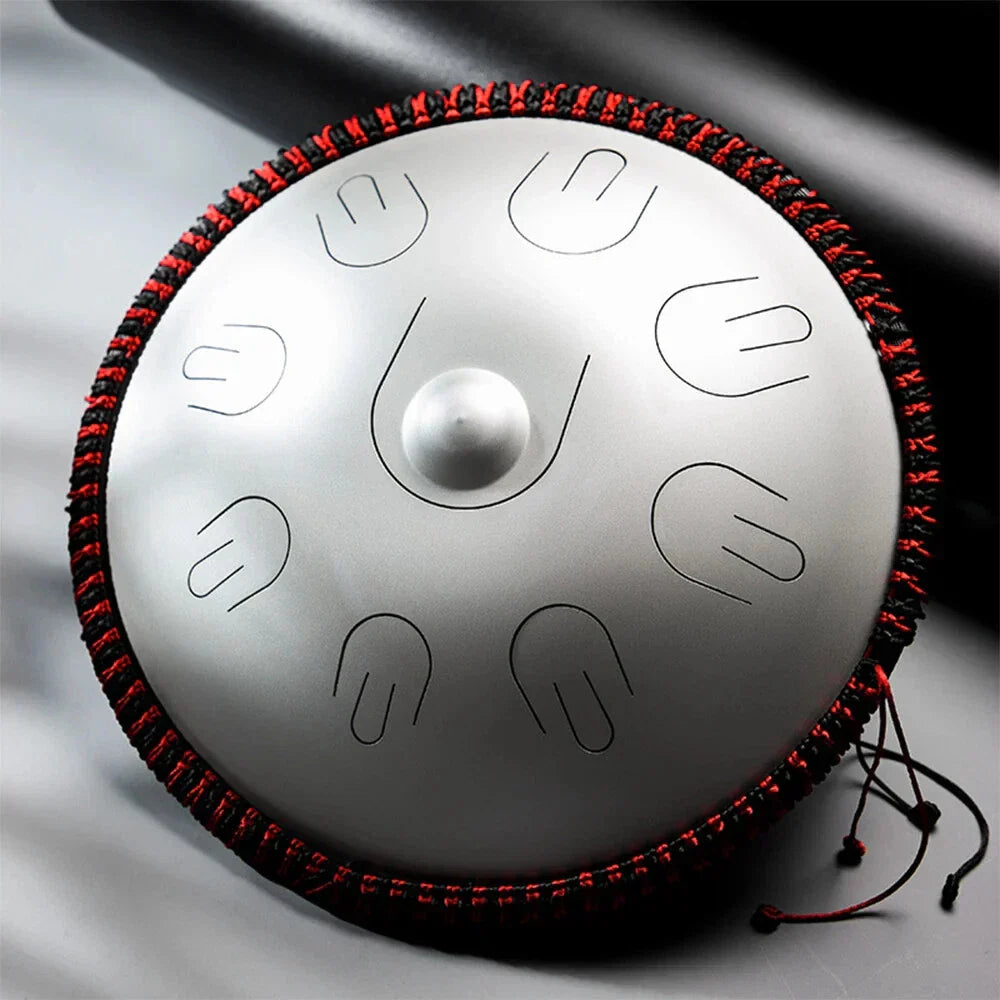Beginner's Guide: How to Choose Your First Steel Tongue Drum?

Have you ever been captivated by the ethereal, healing sounds of a steel tongue drum and dreamed of owning one yourself? As an incredibly easy-to-learn instrument, a steel tongue drum requires no complex music theory, allowing anyone to effortlessly create beautiful melodies. However, with the wide variety of brands and models on the market, beginners often feel lost when it comes to making a choice.
Don't worry. This article will provide you with a clear buyer's guide to help you find the perfect steel tongue drum for your first instrument.
 Buyer's Guide: 3 Core Factors You Need to Consider
Buyer's Guide: 3 Core Factors You Need to Consider
When selecting your first steel tongue drum, focus on these three key aspects, as they will directly impact your playing experience and musical expression.
1. Size and Resonance: A Larger Drum Creates a Richer "Soundscape"
The size of the steel tongue drum is a crucial factor that affects its tone. While many think size doesn't matter, a larger drum face actually provides a wider space for resonance.
-
Small steel tongue drums (typically 10-12 inches) are lightweight and portable, but their tone is relatively thin.
-
Large steel tongue drums (such as 16 inches) have a deeper, richer resonance. They can create a unique "soundscape" feeling, as if you're immersed in a sea of sound, making your music more layered and emotionally resonant.
For beginners who are looking for better sound quality and a more immersive experience, choosing a larger-sized steel tongue drum is an excellent option.
2. Tuning and Tone: Choose a Tuning That Fits Your Emotional Expression
Steel tongue drums come in different tunings, each representing a unique emotion.
-
Major keys have a bright and cheerful tone, perfect for expressing a lighthearted and happy mood.
-
Minor keys have a profound, introspective, and emotional tone. For instance, a Minor D tuning can make your improvisations more soulful and expressive, making it ideal for meditation or creating melodies with a strong narrative feel.
As a beginner, you can listen to a few videos of different tunings and choose the one that resonates most with you and best helps you express your emotions.
3. Playing Method and Material: Using Your Hands to Touch the Soul of the Music
Traditional steel tongue drums are often played with mallets, but some high-quality drums are specifically designed for hand playing.
-
Hand playing allows you to use your fingertips, palms, or fists to create a richer and more nuanced range of tones, achieving a deeper connection to the instrument. You can truly use your hands to feel and create music.
-
High-quality materials are what determine the purity and stability of the tone. For example, some high-end models use a special "copper-infusion" process. This gives the drum a unique "echo of copper", making its tone more layered and closer to the exquisite sound of a handpan, surpassing the realm of traditional steel tongue drums.